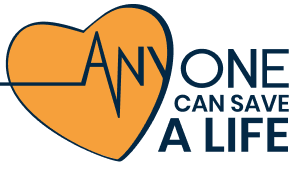
The Activities Administrator must oversee and coordinate Anyone Can Save A Life for their school’s programs. However, they may want to enlist the help of others (a Program Champion) to oversee the training and implementation of the program. This Program Champion could be the school athletic trainer, school nurse, coach, community member or a school administrator who knows the inner workings of the athletic and activities program.
Create Your Emergency Action Plan
Save lives with a simple protocol including:
Being the athletic trainer for JCC means providing the bridge between high-quality athletics and high-quality health care for when injuries inevitably arise, and being that bridge is a role I take very seriously. Part of that means developing and implementing EAPs within each team, each venue, and each building. Having a clear, concise EAP means it can be followed seamlessly, regardless of who needs to activate it, which as we know, can ultimately be the difference between life and death.
Unfortunately I'm only at my school three days a week at this time, which means that the teams absolutely must know what they're doing if an emergency happens, especially with so few of my coaches holding CPR/AED certification. The ACSAL EAP format has been easy to fill out and follow, that when my teams have had to use it, everyone knows their role and what's happening and it's been such a useful tool. EAPs don't have to be difficult - ACSAL makes the whole process easier.
